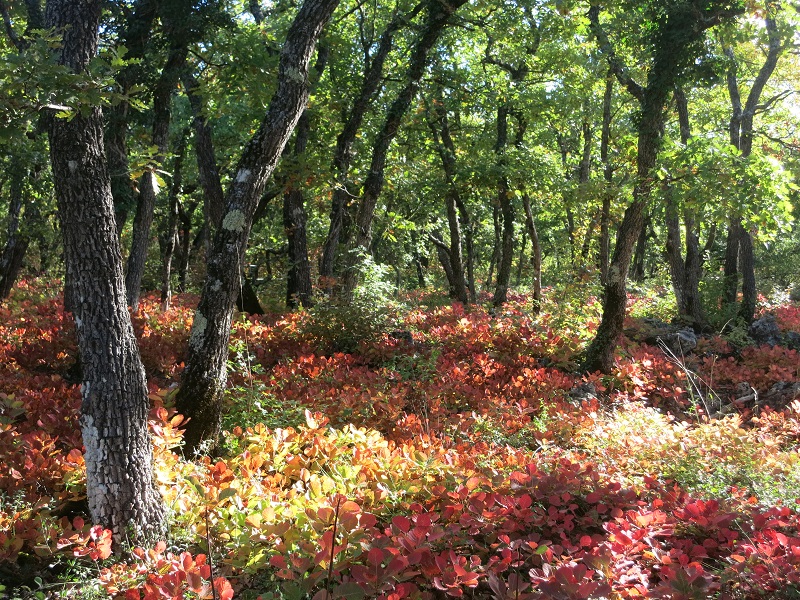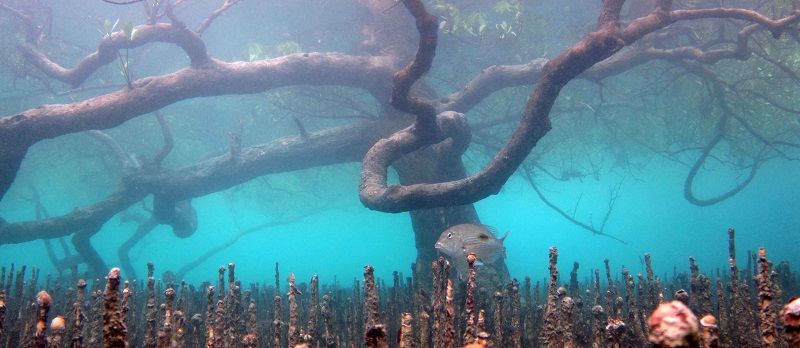
The Red Lists of the IUCN are "knowledge tools" produced to inform decision makers, environmental stakeholders and the general public about the risks to which biodiversity is exposed.


Megaptera novaeangliae (Borowski, 1781) © Royalty-free & Lycaena alciphron gordius (Sulzer, 1776) © P.Peyrache
The IUCN Red List of threatened speciesis the most complete inventory of the extinction risk of animal and plant species in the world. Today, it is widely used to make policies and rules evolve regarding nature conservation. Another program regarding ecosystem collapse assessment has also been developed as a complement to the species program. The IUCN Red List of ecosystems aims at identifying threatened ecosystems and assessing their vulnerability, taking into account the functional dimension of biodiversity.


Downy Oak forest © T. Gauquelin & Mangrove of Moya, Mayotte © N. Verneau
To assess species extinction and ecosystem collapse risks, the UICN Red Lists use specific criteria and quantitative threshold, and rely on the best scientific knowledge available. These assessment tools aim at identifying conservation priorities, supporting public policy decision making in favour of biodiversity and raising awareness among the general public about the significance of conserving biodiversity. These two complementary methods will contribute to guide biodiversity protection and sustainable use of natural resources.